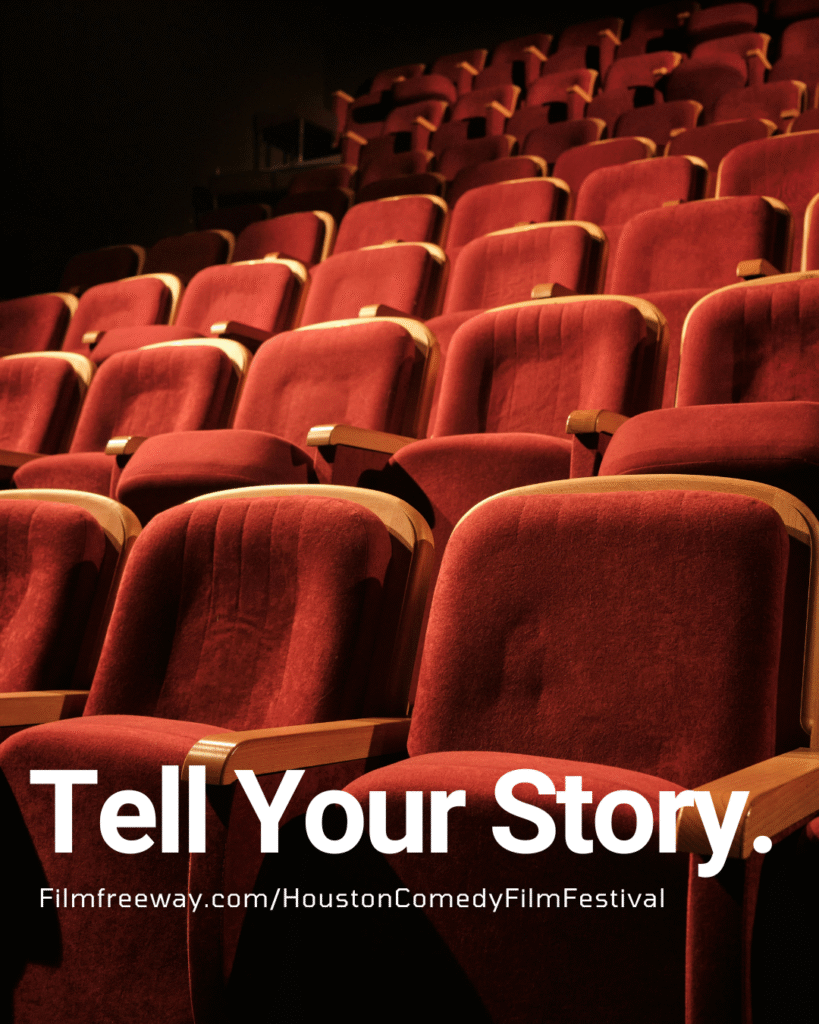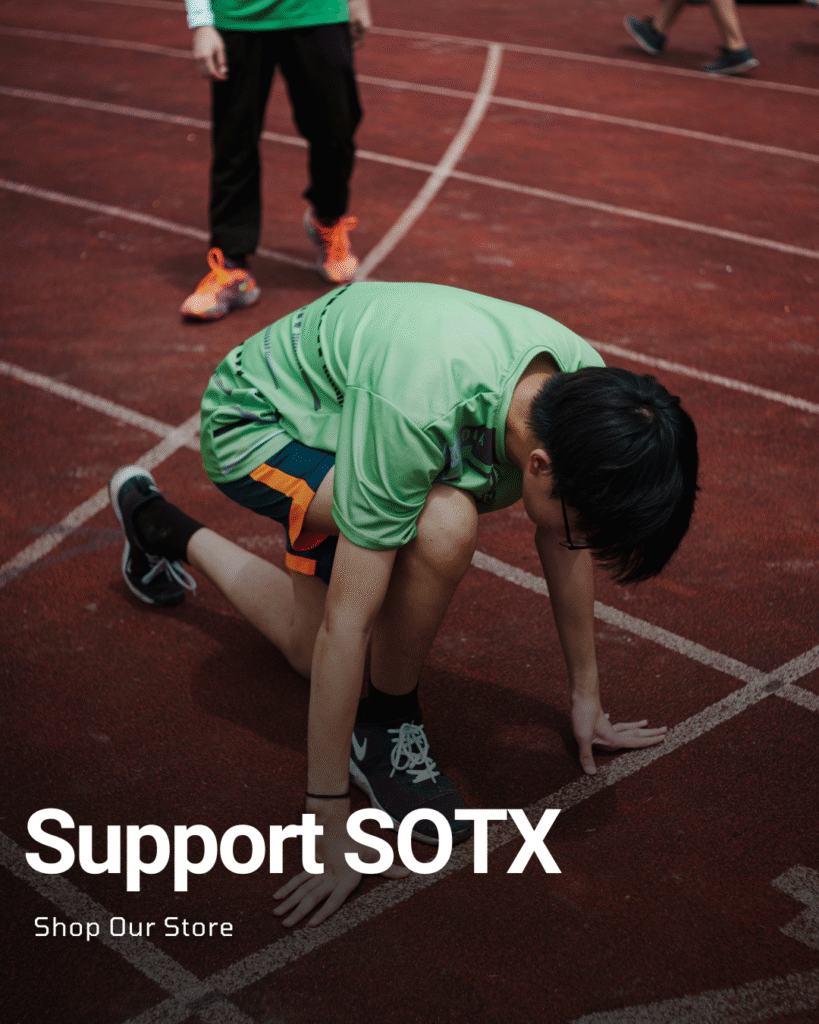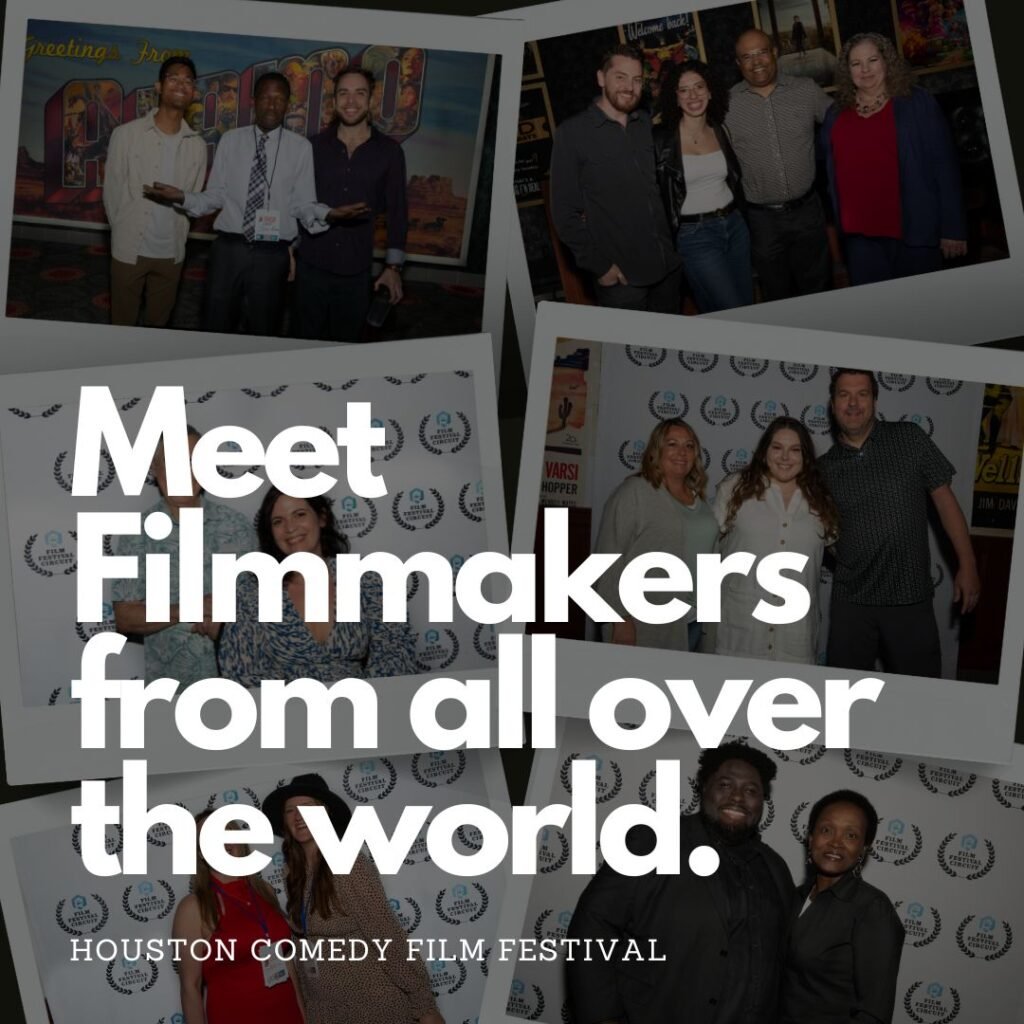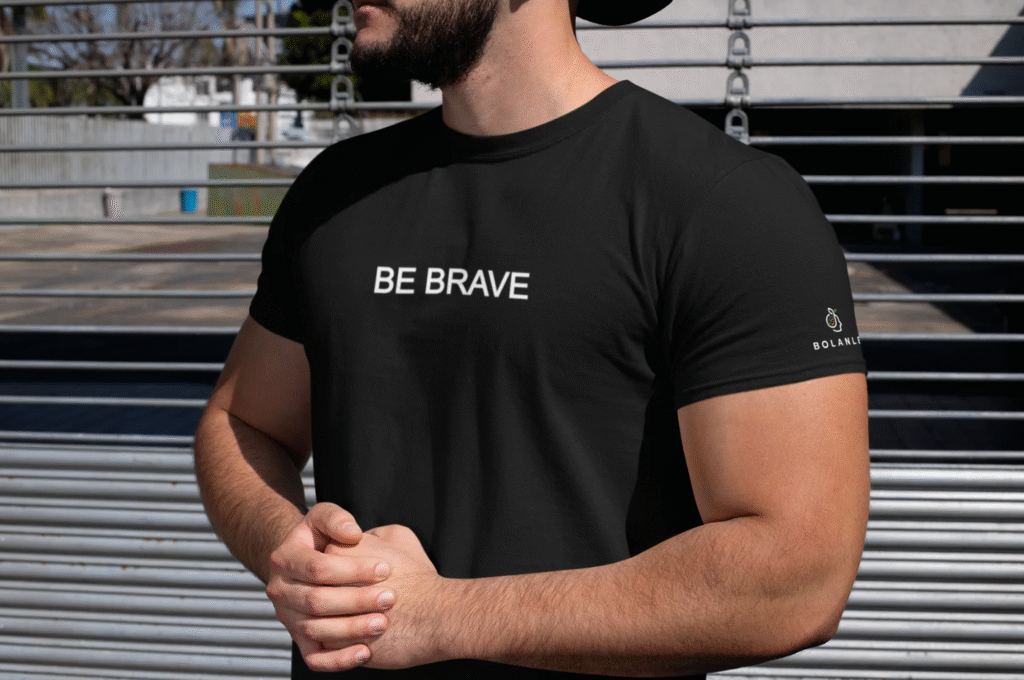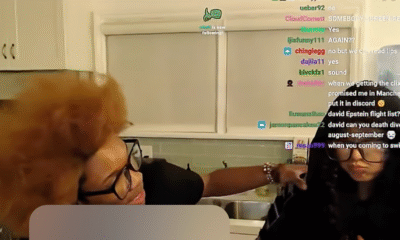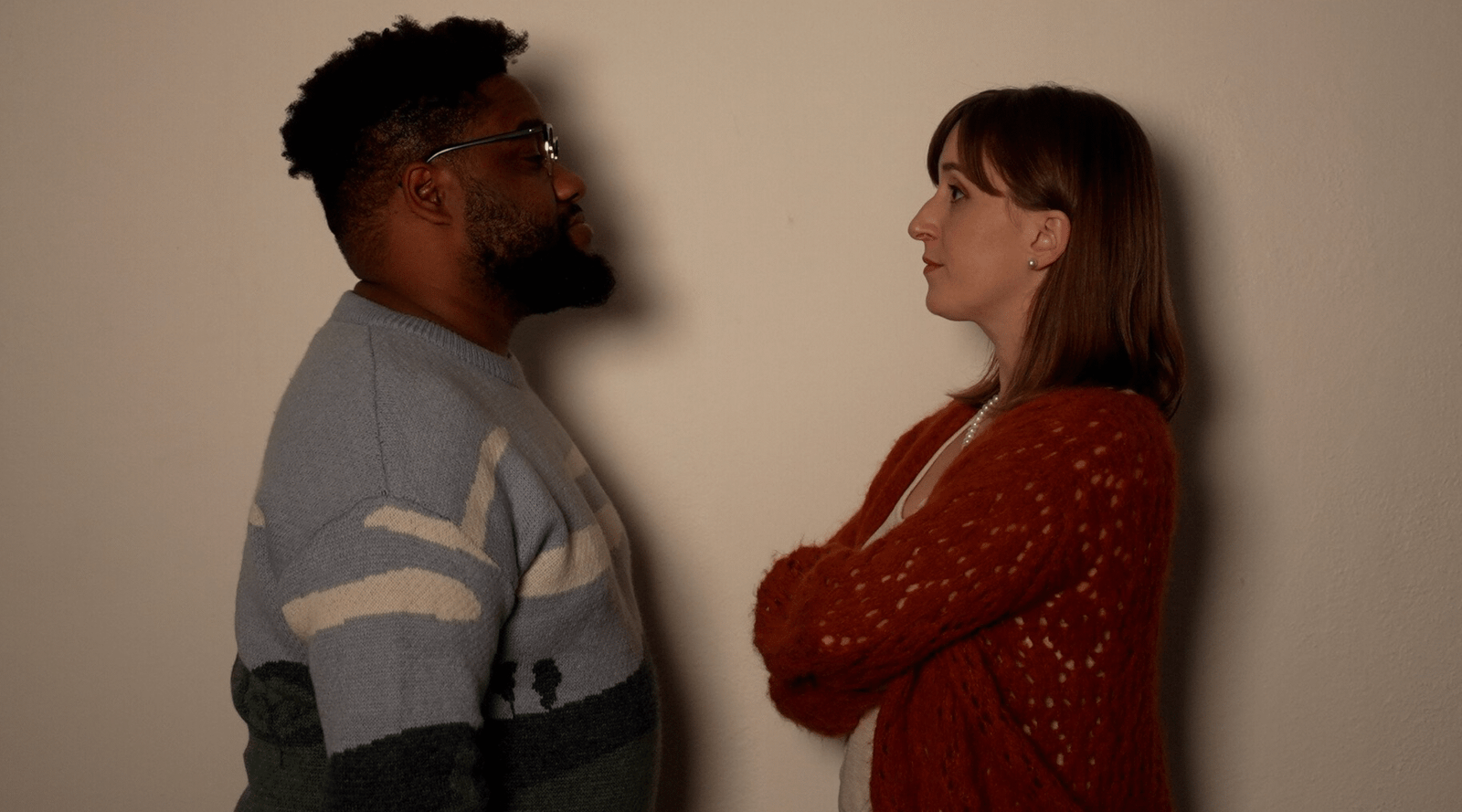World News
Hidden forces and sliding screens trick the senses to make VR feel more real on August 10, 2023 at 10:04 pm

The next big thing in VR might not be higher resolution or more immersive sound, but an experience augmented by physical sensations or moving parts that fool your senses into mistaking virtual for reality. Researchers at SIGGRAPH, from Meta to international student groups, flaunted their latest attempts to make VR and AR more convincing.
The conference on computer graphics and associated domains is taking place this week in Los Angeles, and everyone from Meta to Epic to universities and movie studios were demonstrating their wares.
It’s the 50th SIGGRAPH, so a disproportionate amount of the event was dedicated to retrospectives and such like, though the expo hall was full of the latest VFX, virtual production, and motion capture hardware and software.
In the “emerging technologies” hall, or cave as the darkened, black-draped room felt, dozens of experimental approaches at the frontiers of VR seemed to describe the state of the art: visually impressive, but with immersion relying almost entirely on that. What could be done to make the illusion more complete? For many, the answer lies not in the virtual world with better sound or graphics, but in the physical one.
Meta’s varifocal VR headset shifts your perspective, literally
Meta was a large presence in the room, with its first demonstration of two experimental headsets, dubbed Butterscotch and Flamera. Flamera takes an interesting approach to “passthrough” video, but it’s Butterscotch’s “varifocal” approach that really changes things in the virtual world.
VR headsets generally comprise a pair of tiny, high-resolution displays fixed to a stack of lenses that make them appear to fill the wearer’s field of vision. This works fairly well, as anyone who has tried a recent headset can attest. But there’s a shortcoming in the simple fact that moving things closer doesn’t really allow you to see them better. They remain at the same resolution, and while you might be able to make out a little more, it’s not like picking up an object and inspecting it closely in real life.
Meta’s Butterscotch prototype headset, in pieces.
Meta’s Butterscotch prototype, which I tested and grilled the researchers about, replicates that experience by tracking your gaze within the headset, and when your gaze falls on something closer, physically sliding the displays closer to your eyes. The result is shocking to anyone who has gotten used to the poor approximation of “looking up close” at something in VR.
The display only moves over a span of about 14 millimeters, a researcher at the Meta booth told me, and that’s more than enough at that range not just to create a clearer image of the up-close item — remarkably clear, I must say — but to allow the eyes to more naturally change their “accommodation” and “convergence,” the ways they naturally track and focus on objects.
While the process worked extremely well for me, it totally failed for one attendee (whom I suspect was a higher-up at Sony’s VR division, but his experience seemed genuine) who said that the optical approach was at odds with his own vision impairment, and turning the feature on actually made everything look worse. It’s an experiment, after all, and others I spoke to found it more compelling. Sadly the shifting displays may be somewhat impractical on a consumer model, making the feature quite unlikely to come to Quest any time soon.
Rumble (and tumble) packs
Elsewhere on the demo floor, others are testing far more outlandish physical methods of fooling your perception.
One from Sony researchers takes the concept of a rumble pack to extremes: a controller mounted to a sort of baton, inside which is a weight that can be driven up and down by motors to change the center of gravity or simulate motion.
In keeping with the other haptic experiments I tried, it doesn’t feel like much outside of the context of VR, but when paired with a visual stimulus it’s highly convincing. A rapid-fire set of demos first had me opening a virtual umbrella — not a game you would play for long, obviously, but an excellent way to show how a change in center of gravity can make a pretend item seem real. The motion of the umbrella opening felt right, and then the weight (at its farthest limit) made it feel like the mass had indeed moved to the end of the handle.
Next, a second baton was affixed to the first in perpendicular fashion, forming a gun-like shape, and indeed the demo had me blasting aliens with a shotgun and pistol, each of which had a distinct “feel” due to how they programmed the weights to move and simulate recoil and reloading. Last, I used a virtual light saber on a nearby monster, which provided tactile feedback when the beam made contact. The researcher I spoke to said there are no plans to commercialize it, but that the response has been very positive and they are working on refinements and new applications.
An unusual and clever take on this idea of shifting weights was SomatoShift, on display at a booth from University of Tokyo researchers. There I was fitted with a powered wristband, on which two spinning gyros opposed one another, but could have their orientation changed in order to produce a force that either opposed or accelerated the movement of the hand.
Image Credits: Devin Coldewey / TechCrunch
The mechanism is a bit hard to understand, but spinning weights like this essentially want to remain “upright,” and by changing their orientation relative to gravity or the object on which they are mounted, that tendency to right themselves can produce quite precise force vectors. The technology has been used in satellites for decades, where they are known as “reaction wheels,” and the principle worked here as well, retarding or aiding my hand’s motions as it moved between two buttons. The forces involved are small but perceptible, and one can imagine clever usage of the gyros creating all manner of subtle but convincing pushes and pulls.
The concept was taken to a local extreme a few meters away at the University of Chicago’s booth, where attendees were fitted with a large powered backpack with a motorized weight that could move up and down quickly. This was used to provide the illusion of a higher or lower jump, as by shifting the weight at the proper moment one seems to be lightened or accelerated upwards, or alternately pushed downwards — if a mistake in the associated jumping game is made.
Our colleagues at Engadget wrote up the particulars of the tech ahead of its debut last week.
While the bulky mechanism and narrow use case mark it like the others as a proof of concept, it shows that the perception of bodily motion, not just of an object or one appendage, can be affected by judicious use of force.
String theory
When it comes to the sensation of holding things, current VR controllers also fall short. While the motion-tracking capabilities of the latest Quest and PlayStation VR2 headsets are nothing short of amazing, one never feels one truly interacting with the objects in a virtual environment. The Tokyo Institute of Technology team created an ingenious — and hilariously fiddly — method of simulating the feeling of touching or holding an object with your fingertips.
The user is fitted with four tiny rings on each hand, one for each finger excepting the pinky. Each ring is fitted with a tiny little motor on top, and from each motor depends a tiny little loop of thread, which is fitted around the pad of each fingertip. The positions of the hands and fingers are tracked with a depth sensor attached (just barely) to the headset.
In a VR simulation, a tabletop is covered in a variety of cubes and other shapes. When the tracker detects that your virtual hand intersects with the edge of a virtual block, the motor spins a bit and tugs on the loop — which feels quite a lot like something touching the pads of your fingers!
Image Credits: Devin Coldewey / TechCrunch
It all sounds very janky, and it definitely was — but the basic idea and sensation was worth experiencing and the setup was clearly not too expensive. Haptic gloves that can simulate resistance are few and far between, and quite complicated to boot (in fact another researcher present worked on this device, a more complex version of a similar principle). A refined version of this system might be made for under $100 and provide a basic experience that is still transformative.
SIGGRAPH and this hall in particular were full of these and more experiences that rode the line between the physical and digital. While VR has yet to take off in the mainstream, many have taken that to mean that they should redouble efforts to improve and expand it, rather than give it up as a dead platform.
The conference also showcased a great deal of overlap between gaming, VFX, art, virtual production, and numerous other domains. The brains behind these experiments and the more established products on the expo floor clearly feel that the industry is converging while diversifying, and a multi-modal, multi-medium, multi-sensory experience is the future.
But it isn’t inevitable — someone has to make it. So they’re getting to work.
The next big thing in VR might not be higher resolution or more immersive sound, but an experience augmented by physical sensations or moving parts that fool your senses into mistaking virtual for reality. Researchers at SIGGRAPH, from Meta to international student groups, flaunted their latest attempts to make VR and AR more convincing. The
Politics
Netanyahu’s UN Speech Triggers Diplomatic Walkouts and Mass Protests

What Happened at the United Nations
On Friday, Israeli Prime Minister Benjamin Netanyahu addressed the United Nations General Assembly in New York City, defending Israel’s ongoing military operations in Gaza. As he spoke, more than 100 delegates from over 50 countries stood up and left the chamber—a rare and significant diplomatic walkout. Outside the UN, thousands of protesters gathered to voice opposition to Netanyahu’s policies and call for accountability, including some who labeled him a war criminal. The protest included activists from Palestinian and Jewish groups, along with international allies.

Why Did Delegates and Protesters Walk Out?
The walkouts and protests were a response to Israel’s continued offensive in Gaza, which has resulted in widespread destruction and a significant humanitarian crisis. Many countries and individuals have accused Israel of excessive use of force, and some international prosecutors have suggested Netanyahu should face investigation by the International Criminal Court for war crimes, including claims that starvation was used as a weapon against civilians. At the same time, a record number of nations—over 150—recently recognized the State of Palestine, leaving the United States as the only permanent UN Security Council member not to join them.
International Reaction and Significance
The diplomatic walkouts and street protests demonstrate increasing global concern over the situation in Gaza and growing support for Palestinian statehood. Several world leaders, including Colombia’s President Gustavo Petro, showed visible solidarity with protesters. Petro called for international intervention and, controversially, for US troops not to follow orders he viewed as supporting ongoing conflict. The US later revoked Petro’s visa over his role in the protests, which he argued was evidence of a declining respect for international law.

Why Is This News Important?
The Gaza conflict is one of the world’s most contentious and closely-watched issues. It has drawn strong feelings and differing opinions from governments, activists, and ordinary people worldwide. The United Nations, as an international organization focused on peace and human rights, is a key arena for these debates. The events surrounding Netanyahu’s speech show that many nations and voices are urging new action—from recognition of Palestinian rights to calls for sanctions against Israel—while discussion and disagreement over the best path forward continue.
This episode at the UN highlights how international diplomacy, public protests, and official policy are all intersecting in real time as the search for solutions to the Israeli-Palestinian conflict remains urgent and unresolved.
News
Is a Nuclear-Powered Alien Spacecraft Flying Toward Earth?

A mysterious interstellar object speeding through our solar system has reignited debates about extraterrestrial technology — and whether Earth might currently be under quiet observation.
The object, known as 3I/ATLAS, is only the third confirmed interstellar visitor ever detected. Unlike ordinary comets, however, this cosmic traveler has baffled astronomers with its unusual brightness, strange trajectory, and lack of a visible cometary tail. While most scientists cautiously describe it as a natural body, one leading astrophysicist believes something much stranger is at play.

Harvard Scientist’s Bold Claim
Professor Avi Loeb of Harvard University, head of the Galileo Project, has suggested that 3I/ATLAS may in fact be a nuclear-powered alien spacecraft designed to test how humanity would respond to an interstellar visitor. He argues that its flight path is improbably precise, bringing it close to Mars, Venus, and Earth — a pattern highly unlikely to occur by chance.
Loeb also points out that telescope images show a glow inconsistent with ordinary dust behavior. Instead of trailing behind like a comet, the halo-like light appears to extend in unusual ways, sparking debate about whether the object could be emitting energy of its own.
Headed Toward Earth’s Neighborhood
3I/ATLAS is expected to make its closest approach in late 2025, passing near Mars before swinging by the inner solar system. Although Earth itself will be on the opposite side of the Sun when it comes closest, the alignment will still enable space-based observatories to capture sharper data.

Loeb has called on NASA and other agencies to use spacecraft already stationed near Mars or Jupiter — including the Juno mission — to take high-resolution photographs. He believes such efforts could reveal whether the interstellar object is truly natural, or the first technological probe humanity has ever encountered.
Should We Be Worried?
While most astronomers argue caution before jumping to alien conclusions, Loeb insists that scientific openness is key. “If it’s just a comet, we learn something new,” he said. “But if it’s a spacecraft, it would be the most important discovery in human history.”
For now, 3I/ATLAS remains a mysterious speck on astronomers’ charts, drifting closer with each passing day. Whether it proves to be a frozen remnant of another star system or something far more advanced, the interstellar visitor has already succeeded in one mission: reminding us how vast and unpredictable the universe really is.
News
AI Automation Could Cause Up to 20% Unemployment—A Workforce on the Brink

Stark Warning from Anthropic CEO Highlights Rapid Job Displacement Risk
The looming threat of widespread unemployment due to AI automation has sparked intense debate among experts, business leaders, and policymakers. Dario Amodei, CEO of Anthropic—the company behind the influential AI language model Claude—issued a stark warning that has sent shockwaves through corporate America:

“Up to half of all entry-level white collar jobs could disappear within the next one to five years, potentially pushing unemployment rates as high as 20% during this period.”
This dramatic forecast paints a picture of a rapid and unsettling transformation in the workforce, driven by AI technologies that can perform complex cognitive tasks.
Balancing Predictions: Worst-Case Scenarios vs. Moderate Impact
However, this forecast represents one end of a spectrum of expert predictions. While Amodei’s warning highlights the worst-case scenario driven by the swift adoption of AI agents capable of coding, analyzing data, drafting legal documents, and managing workflows around the clock, other analyses suggest a more moderate impact. For example, Goldman Sachs estimates that AI could temporarily displace about 6-7% of U.S. jobs, with unemployment rising by approximately half a percentage point during the adjustment period. Their research anticipates a more gradual transition with a mixture of job disruption and creation.

The Unprecedented Speed and Scope of AI-Driven Job Disruption
The truth likely lies somewhere in between. AI is advancing at unprecedented speed, and the scope of jobs affected spans far beyond blue-collar roles to white-collar positions that required college degrees and years of training. Entry-level roles such as customer service representatives, data entry clerks, junior analysts, and administrative assistants face the greatest near-term risk. Mid-level roles in accounting, marketing, law, and engineering could soon follow, with companies already laying off workers citing AI-driven efficiencies.
Preparing for an AI-Transformed Workforce: Adaptation Is Essential
Ultimately, the AI-driven job transformation is no longer a distant prospect but unfolding now. Whether unemployment spikes to 20% or stabilizes at lower levels depends on many factors, including business adoption rates, government policies, and the ability of workers to reskill. What is certain is that the workforce of tomorrow will look very different from today—and the time to prepare is right now.

 Business4 weeks ago
Business4 weeks agoDisney Loses $3.87 Billion as Subscription Cancellations Surge After Kimmel Suspension

 Entertainment4 weeks ago
Entertainment4 weeks agoWhat the Deletion Frenzy Reveals in the David and Celeste Tragedy

 Entertainment4 weeks ago
Entertainment4 weeks agoExecutive Producer Debut: How Celia Carver Created Festival Hit ‘Afterparty’

 Health4 weeks ago
Health4 weeks agoRussia Claims 100% Success With New mRNA Cancer Vaccine

 Business3 weeks ago
Business3 weeks agoWhy Are Influencers Getting $7K to Post About Israel?

 Health4 weeks ago
Health4 weeks agoWhy Did Gen Z QUIT Drinking Alcohol?

 Advice4 weeks ago
Advice4 weeks agoHow AI Is Forcing Everyone Into the Entrepreneur Game

 Entertainment3 weeks ago
Entertainment3 weeks agoKeith Urban and Nicole Kidman Split After 20 Years as Actress Files for Divorce



